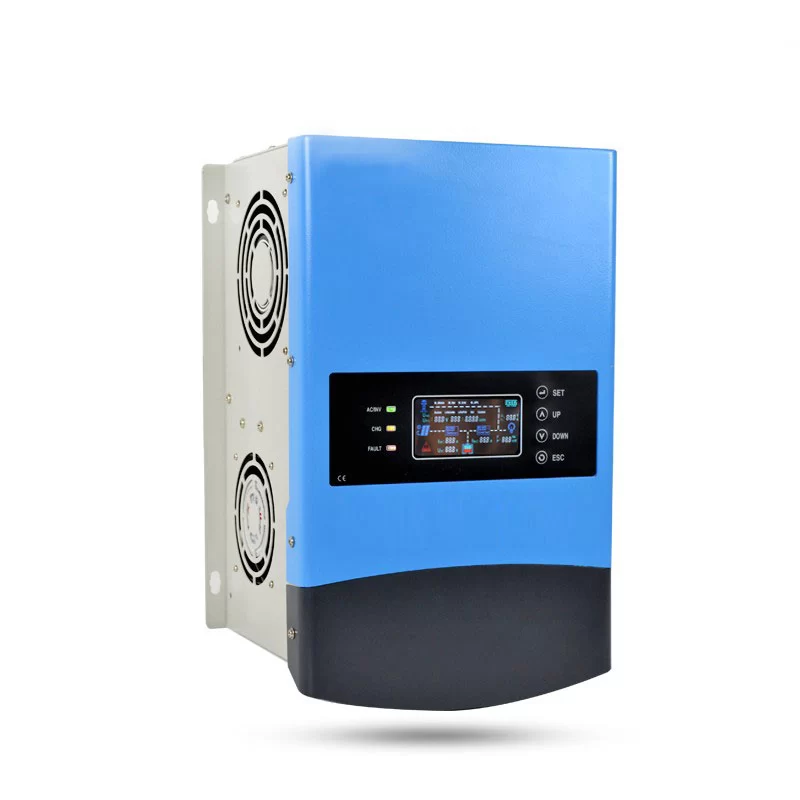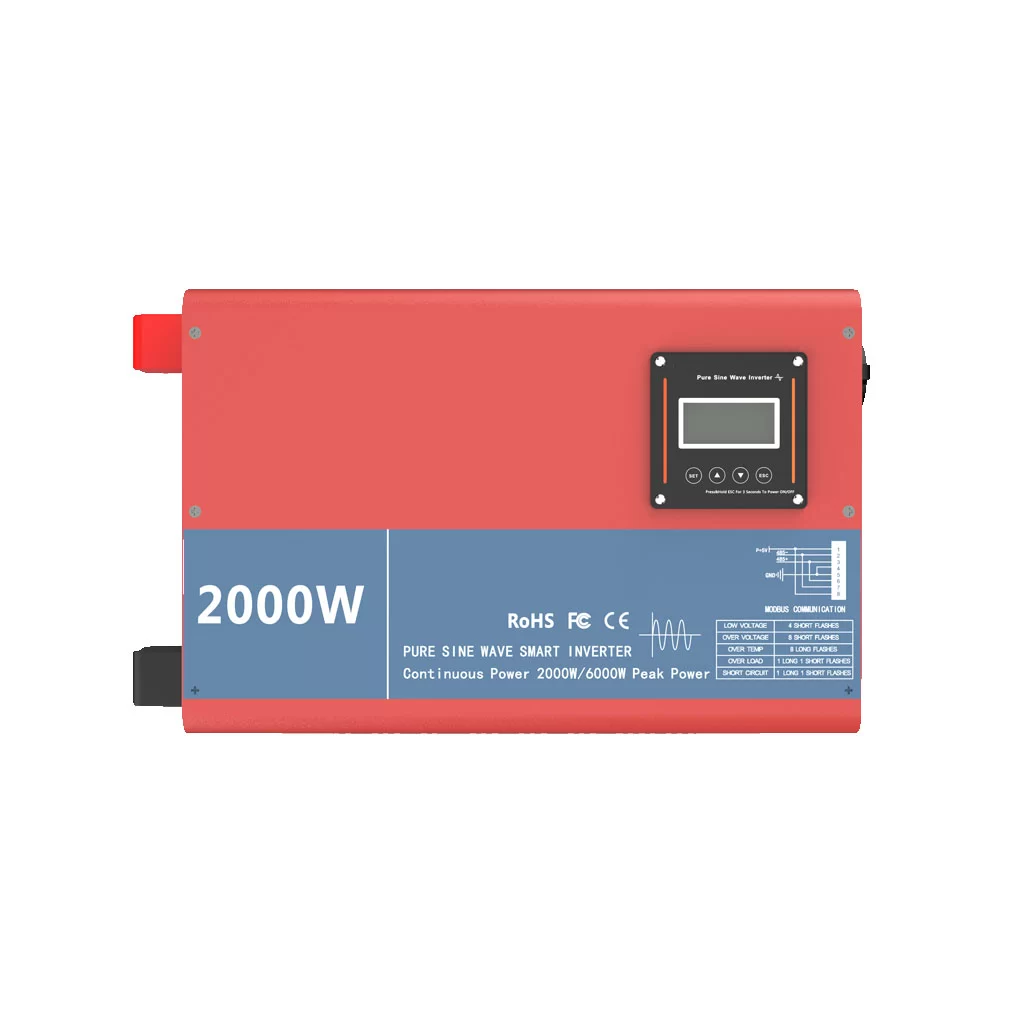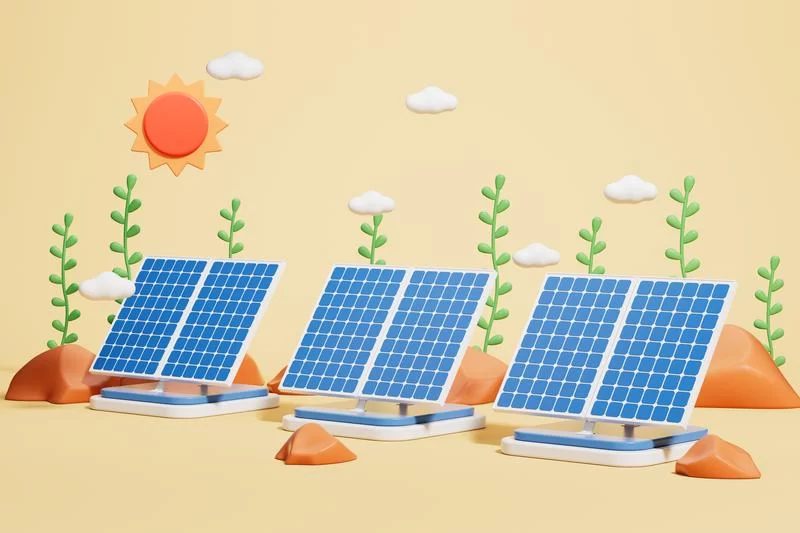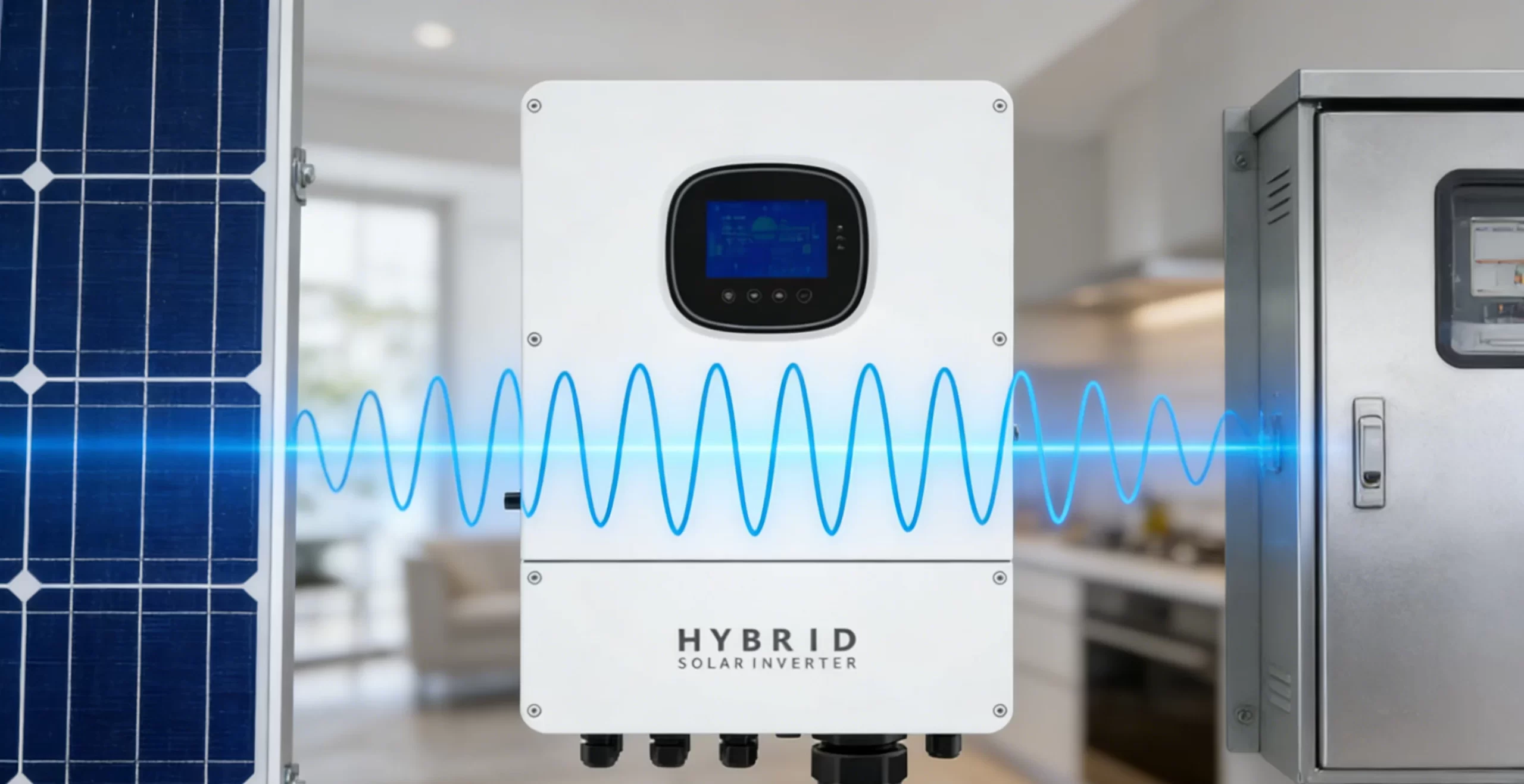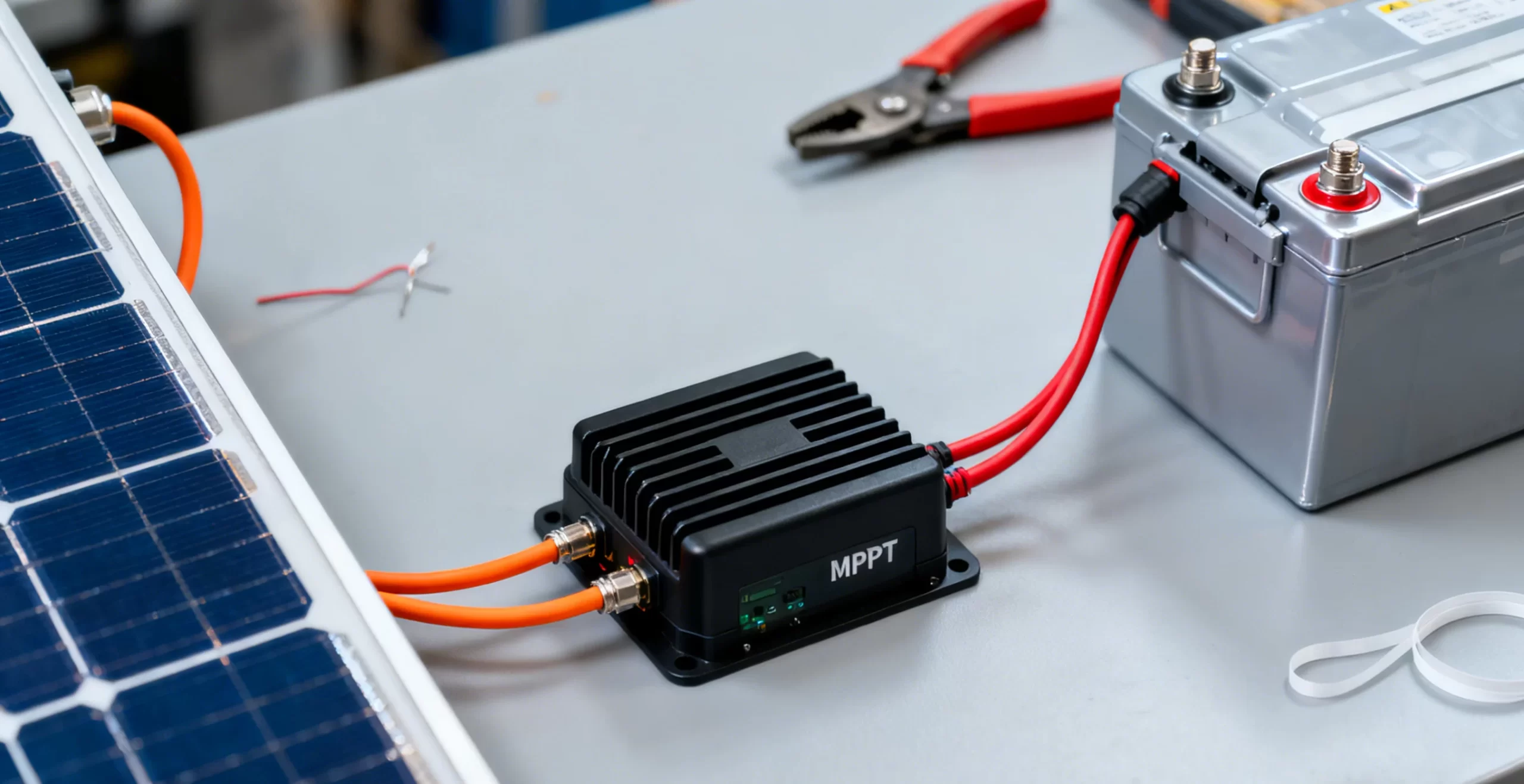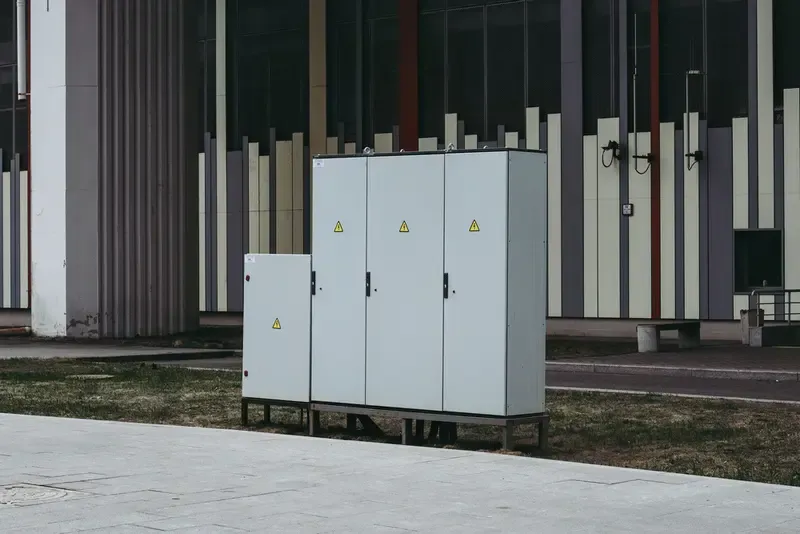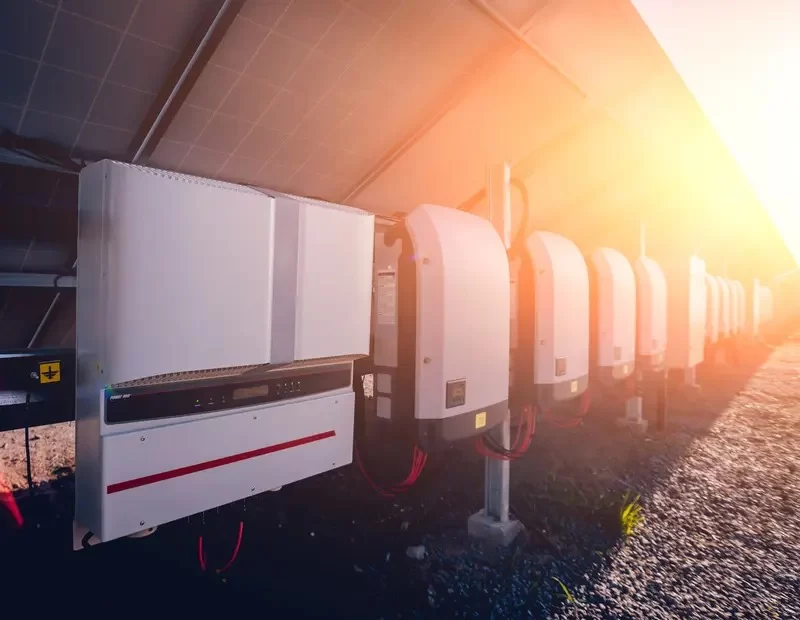- tel:+86-13651638099
- Email: [email protected]
- Official website: www.hj-net.com
- Address: 333 Fengcun Road, Fengxian District, Shanghai
Get A Quote Now!
The Progress of Solar Photovoltaic Power Generation Technology
Introduction: Harnessing the Sun’s Power
Solar photovoltaic (PV) power generation is a transformative technology that converts solar energy directly into electrical energy, primarily through the photovoltaic effect of semiconductor materials. A typical PV system comprises three main components: solar panels (modules), controllers, and inverters. These components, mainly made of electronic parts without mechanical components, ensure that the equipment is refined, reliable, stable, and long-lasting.
Types and Characteristics of PV Technology
PV technology includes various cell types, each with unique characteristics. Crystalline silicon cells are widely used due to their high efficiency and mature technology. Thin-film cells are lightweight and flexible, making them suitable for specific applications where traditional panels may not be ideal. III-V semiconductor compound cells excel in specialized environments, offering exceptional performance under extreme conditions. Meanwhile, dye-sensitized cells stand out for their low cost and flexibility, providing a viable option for diverse applications.
Market Size and Development Trends
The global solar market is rapidly expanding. Market research indicates that the global market size for solar power is expected to grow from 184 GW in 2024 to 508 GW in 2029, with a compound annual growth rate (CAGR) of 28.82% during this period. China, the largest solar PV market worldwide, is projected to grow at a CAGR of over 19.5%. The distributed solar power generation market is also experiencing robust growth, anticipated to reach $209.69 billion by 2029. This expansion underscores the increasing importance of solar power in meeting the world’s growing energy demands.
Policy Support and Market Demand
Government policies are pivotal in the advancement of solar power generation. During China’s 14th Five-Year Plan, the government emphasized innovation in PV technology and industrial upgrades to enhance core competitiveness. As the demand for renewable energy and electricity grows, and with global efforts to reduce greenhouse gas emissions, the cost of solar PV systems is gradually decreasing. This trend is supported by policy measures that encourage the adoption of solar power, making it more accessible and affordable.
Technological Innovation and Cost Reduction
Recent technological advancements have significantly propelled the PV industry forward. Innovations in inverter technology, grid-connection technology, energy storage technology, and smart monitoring systems have profoundly impacted the application and development of solar PV systems. These advancements not only improve system efficiency and power output but also contribute to cost reductions. For instance, more efficient inverters can convert more energy from solar panels, enhancing the overall system performance and reducing energy losses.
Clean Energy and Dual Carbon Goals
Solar power generation is essential for achieving the dual carbon goals of reducing carbon emissions and promoting clean energy. Despite technical challenges and policy support issues, improvements in efficiency, cost reduction, and solutions for storage and transportation problems will enable solar power to play a more significant role in the future. The continued focus on technological innovation and supportive policies will drive the industry towards a more sustainable and carbon-neutral future.
Conclusion: A Bright Future for Solar Power
Utilizing solar power generation achieves not only a clean and sustainable electricity supply but also effectively reduces carbon emissions and reliance on non-renewable energy sources. Through technological innovation and policy support, solar power generation has broad development prospects and will make an important contribution to the global energy revolution. As solar technology continues to evolve, it promises to deliver even greater benefits, fostering a more sustainable and resilient energy landscape.
Are you ready to explore the future of solar photovoltaic technology? Visit our product page to discover how our solutions can help you harness the power of the sun for a cleaner, more sustainable future.




